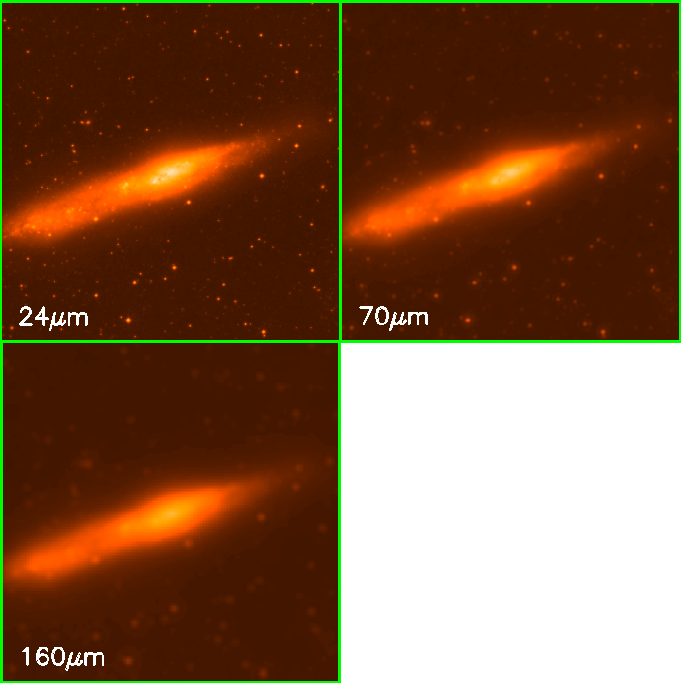
Figure 1: Simulated mosaic of the NGC 55 data for the 3 bands.
Principal: Chad Engelbracht
Deputy: Karl Gordon, Bill Latter
Data Monkey(s):
Priority: Desired
Downlink Priority: Normal
Analysis Time: 168
Last Updated:
This IOC task is intended to verify the scientific validity of the MIPS Scan pipeline products and to test a long AOR. It is particularly aimed at testing the performance of MIPS imaging on extended targets. The galaxy is a large, fairly symmetric target with a large flux range. If the Si:As droop correction or the Ge:Ga transient correction is not performing adequately, these data will allow us to assess the severity of the effect and perhaps improve the pipeline to minimize the effect.
This task contains many overlapping scan legs and will provide an early test of the performance of our calibration procedures on a large, extended object. We will acquire a normal scan map of NGC 55, which has an observing window that opens on October 31 in 2003 and closes on December 22 2003. We will use a single map with 16 30' scan legs overlapped by 111", at the medium scan rate.
The AOT for this task will generate about 1616 4-second DCEs per array. It requires 2.36 hours, less than the 2.5 hours allocated for this task. If time is available during SV, we would also like to use an IER to execute a scan map that starts in the opposite corner, to see if the different flux history changes the transients left over after pipeline processing.
Array Data Desired:
All Arrays
Data Reformatting Option:
Special Instructions:
The data will be combined into a mosaic for each array using mips_enhancer. The mosaics will be examined for visual defects such as obvious seams at array boundaries, latent images from sources or stimulator flashes, or unrejected cosmic ray hits. If everything goes well, the image mosaics are expected to resemble the simulation shown in Figure 1. On short timescales, the main goal of the analysis is to determine what set of parameters for mips_enhancer produces the best-looking mosaic.

Figure 1: Simulated mosaic of the
NGC 55 data for the 3 bands.
If the data fail to be gathered properly, the task should simply be repeated as designed. If the analysis fails to yield a good map and we can determine which observing parameters should be changed to improve the data, we should repeat the task with the new observing parameters to ensure that we will obtain valid scientific data in scan mode observations of extended targets.